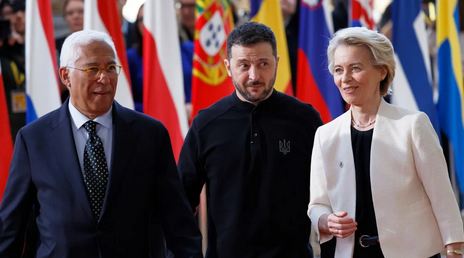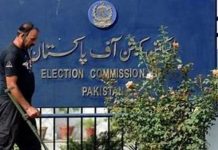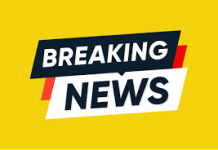The high-stakes diplomatic ballet surrounding the war in Ukraine has once again brought European leaders to Washington, D.C., for crucial talks with U.S. President Donald Trump. Their visit on September 8 and 9 follows a period of intense, yet ultimately fruitless, mediation efforts, and comes as the conflict on the ground intensifies. The central goal of the European delegation is to reassert a unified front and find a path forward, a task made immensely difficult by the divergent agendas of Washington and Moscow.
This is not the first time European leaders have made the pilgrimage to the White House to discuss the war. Just weeks prior, many of the same officials, along with Ukrainian President Volodymyr Zelenskyy, were in Washington to meet with Trump. That meeting came in the wake of the much-hyped but unproductive Alaska summit between Trump and Russian President Vladimir Putin. While the initial talks were described as “friendly” and yielded a vague U.S. commitment to support European-led security guarantees for Ukraine, they failed to produce any tangible breakthroughs. The core issue remained—Putin’s unyielding demand that any peace settlement must recognize Russia’s annexation of Ukrainian territory.
The Alaska summit, far from bringing a resolution, seems to have only hardened Russia’s position. Putin has shown no willingness to compromise, instead using the diplomatic opening to project an image of global strength and defiance. His steadfastness is a source of visible frustration for Trump, who has invested considerable political capital in trying to broker a peace deal. The pursuit of a Nobel Peace Prize is widely seen as a motivating factor for Trump’s mediation efforts, but Putin’s intransigence is giving him a “tough time.”
Trump’s past successes as a mediator in other conflicts—such as between India and Pakistan, and Azerbaijan and Armenia—have instilled in him a belief in his ability to “get it done” in Ukraine. However, the dynamics of this conflict are profoundly different. In Ukraine, he is not mediating between two regional powers, but is confronted with another superpower in Russia, spearheaded by the formidable figure of Vladimir Putin. Unlike previous disputes, the Ukraine conflict has become a test of wills and a direct challenge to the post-Cold War European security order.
For the European leaders, the September talks represent a critical opportunity to get a firm read on the U.S. position and ensure continued support for Ukraine. They are particularly concerned by Trump’s recent statements that have appeared to distance the U.S. from a direct role in the fighting, and his seemingly wavering commitment to a ceasefire. While Trump has threatened “severe consequences” for Russia, Moscow’s recent escalations, including a major drone assault on Kyiv, suggest a lack of concern over these warnings.
A lasting peace in Ukraine will depend on Russia’s mood. While diplomatic pressure from the United States and Europe is essential, Putin’s current stance suggests he is in no hurry to end the war on terms that would be acceptable to Ukraine and its allies. The road to a resolution remains fraught with challenges, and the outcome hangs precariously on the will of a single man in the Kremlin. The European leaders’ latest mission to Washington is a desperate attempt to move the needle, but history has shown that when it comes to Ukraine, the dial is firmly in Moscow’s control.

















